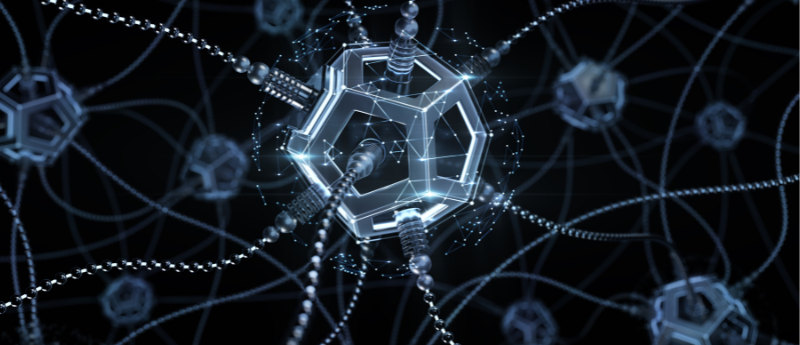Developing biological robots to repair damaged neural tissue

A new study has demonstrated that a miniature biological robot derived from human lung epithelium may have the ability to repair damaged tissue and heal wounds.
Researchers from Tufts University (MA, USA) and the Wyss Institute at Harvard University (MA, USA) have created spheroid-shaped multicellular biological robots, known as ‘anthrobots’ that could reshape the future of personalized and regenerative medicine. Their work builds on previous research in which the team pioneered the development of ‘xenobots’ – the first biological biobots derived from amphibian embryonic cells. These xenobots had the ability to locomote, gather material and self-replicate. At the time, the researchers were unable to determine whether these abilities were a result of being derived from an amphibian embryo and whether these biobots could be developed from cells from other species.
By creating anthrobots from human cells that did not require genetic modification, the team sought to find an answer to their questions. Each self-assembling anthrobot was grown from a single cell that self-constructed into multicellular structures known as organoids after being cultured in an extracellular matrix for 14 days. The researchers induced the outward growth of cilia, enabling the anthrobots to move through cilia-driven propulsions and exhibit a variety of motility patterns.
Exploring the potential use of the anthrobots as a therapeutic tool, the team grew a layer of neural tissue derived from neural stem cells and created scratches on the surface. Observing a distinct feature of the anthrobots ability to interact with cells, they found that the biobots promoted regrowth of damaged neural tissue by inducing gap closures at the scratch sites. While the exact mechanism behind regrowth remains unknown, the findings are a promising indication of the potential use of anthrobots in regenerative medicine.
Corresponding author, Michael Levin, commented: “It is fascinating and completely unexpected that normal patient tracheal cells, without modifying their DNA, can move on their own and encourage neuron growth across a region of damage. We’re now looking at how the healing mechanism works, and asking what else these constructs can do.”
The researchers are now looking to explore the diverse therapeutic uses of anthrobots. These applications include clearing plaque buildup in the arteries of patients with atherosclerosis, delivery of drugs to specific tissues and removal of excess mucus in patients with Cystic Fibrosis.